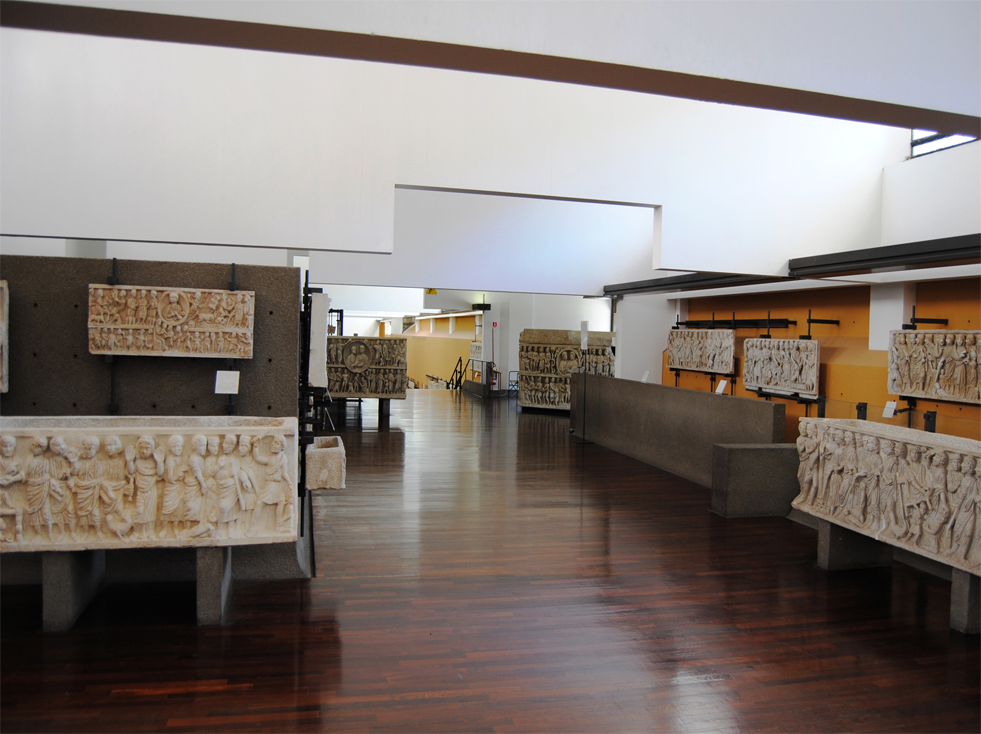Страна:
Регион:
Другие названия:
Значение:
Время визита:
Описание:
The Museum was founded in 1854 by Pius IX in the Lateran Palace, and was intended to house evidence of the Christian communities of the first centuries; some works were taken from the existing collection of the Museo Sacro or Christian Museum, founded by Benedict XIV in the Vatican Apostolic Library (1756), whereas others came from churches and various other locations in Rome, where they were often used as ornaments or fountains (in the case of sarcophagi). Furthermore, during those years numerous works of a sculptural or epigraphic nature were unearthed from Roman catacombs, excavated by the newly-created Pontifical Commission for Sacred Archaeology (1852). Some of these were transferred to the Pius-Christian Museum when, for reasons of safety, conservation or “visibility”, the site where they had been found was not considered suitable for their safekeeping. The criteria for the display of the works was a significant undertaking for the Jesuit Father Giuseppe Marchi and the great archaeologist Giovanni Battista De Rossi, who was little more than thirty years old at at the time. Indeed, the works — almost entirely sarcophagi with Christian imagery dating from the third to the fifth centuries — were placed in a large gallery of the Palace and divided organically into groups predominantly on a thematic basis, in relation to iconographic themes or biblical scenes, dictated by precise didactic or catechetic intentions, seeking however to maintain at least in part the chronological development of the themes. In parallel, the young De Rossi dedicated himself to the layout, on the walls of the loggia, of a thoroughly updated Christian lapidarium, with hundreds of inscriptions, mostly sepulchral and divided by theme or provenance. In 1963, at the behest of Pope John XXIII, the Pius-Christian Museum — along with the Gregoriano Profano Museum and the Missionary Ethnological Museum — was transferred from the Lateran Palace to the Vatican, in the new building that still houses them, completed by Paul VI; here the display was arranged by Enrico Josi, seeking to maintain the previous layout (with some revisions on the basis of modern exhibition criteria), and newly inaugurated in 1970.
Категории:
Метки:
Темы:
Зачем посещать:
Интерес:
Физподготовка:
Лучшее время:
Доступ:
Roads:
Facilities:
Open:
Clothing:
Seasonable
Connection:
Ok

